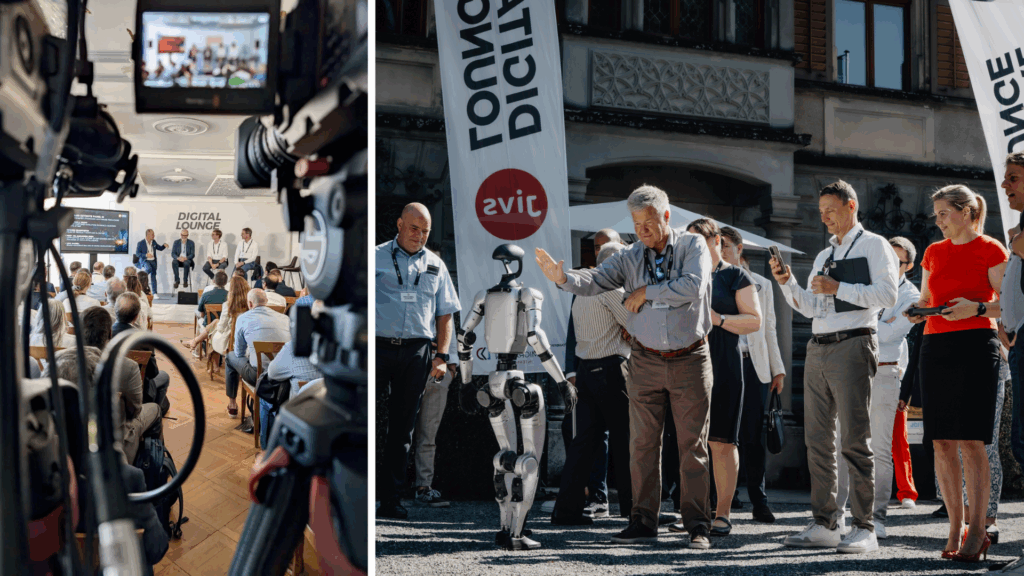The advent of enterprise architects is a response to the influx of ERP transformations. Enterprise architects make sure a client’s tech environment is ready to take on the software upgrade with speed. With a good team of enterprise architects, a firm can get a rapid ROI.
Build them up! Don’t forget how important enterprise architects are
DMI

Key Takeaways
⇨
AI is a significant focus in tech, but there is a growing emphasis on the role of SAP Enterprise Architects for smooth implementation of systems.
⇨
DMI collaborates closely with SAP to enhance enterprise architecture, aiming to provide 500 architects for new S/4HANA customers to ensure effective software implementation.
⇨
Investing in skilled architects is crucial for simplifying software integration, allowing companies to quickly realize business value from new technologies.
YOU MIGHT ALSO LIKE





